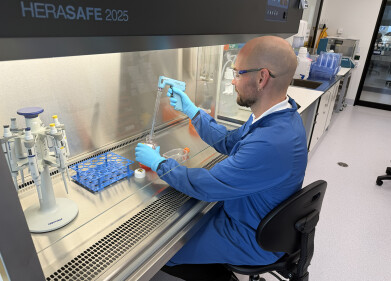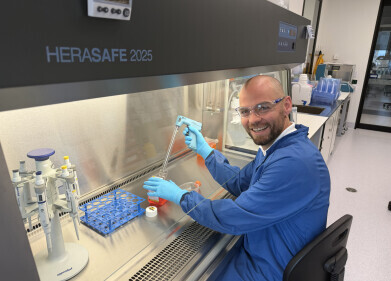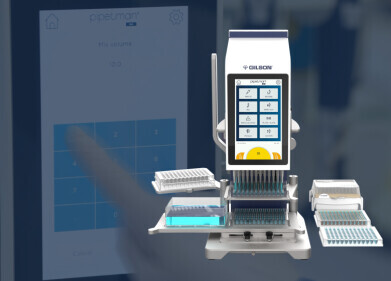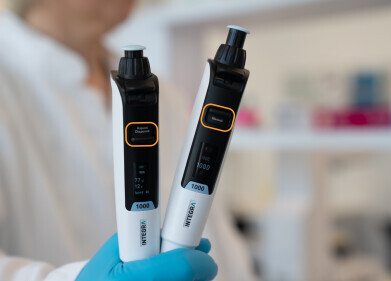-
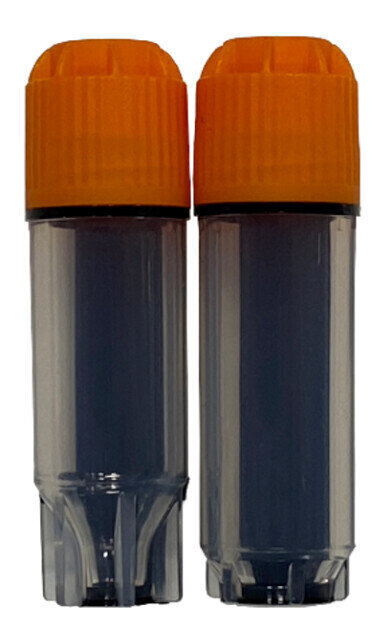 Design comparison - 1.6ml Maximum Recovery Tube vs. 1.9ml standard Tri Coded Tube.
Design comparison - 1.6ml Maximum Recovery Tube vs. 1.9ml standard Tri Coded Tube. -
 Volume (µl) of sample lost per tube over one hundred cycles (courtesy: Azenta Life Sciences).
Volume (µl) of sample lost per tube over one hundred cycles (courtesy: Azenta Life Sciences).
Liquid handling
Optimising tube automation for maximum sample recovery
Nov 20 2023
Azenta Life Sciences has unveiled its ground-breaking tri-coded 1.6ml Maximum Recovery tube, specifically designed for automated liquid handling workflows. The tube's distinctive shape at the bottom enhances sample retrieval, making it ideal for efficient and precise automated processes.
Addressing the challenge of large dead volumes in storage tubes, particularly crucial for handling precious samples such as stem cells and enzymes, Azenta Life Sciences emphasises the limitations of manual pipetting in high-throughput labs relying on automated liquid handling systems.
To optimise sample recovery, Azenta's research underscores the importance of addressing factors contributing to dead volume in storage tubes. The incorporation of internal compound-curve tapers near the bottom of the tube is identified as a key design element. This innovation reduces the total volume stored in the critical area while maintaining accessibility for industry-standard pipette tips.
Comparative research between the new 1.6ml Maximum Recovery tube and standard 1.9ml tubes reveals a substantial advantage. Over a run of 100 tubes, the 1.6ml Maximum Recovery tube recovers an additional 16ml. This improvement translates into significant cost savings, especially with expensive reagents or valuable samples.
Beyond maximising sample recovery, the unique design of the 1.6ml Maximum Recovery tube aligns with sustainable practices, offering users an opportunity to reduce reagent purchasing costs and contribute to environmentally conscious lab workflows throughout the supply chain.
More information online
Digital Edition
Lab Asia Dec 2025
December 2025
Chromatography Articles- Cutting-edge sample preparation tools help laboratories to stay ahead of the curveMass Spectrometry & Spectroscopy Articles- Unlocking the complexity of metabolomics: Pushi...
View all digital editions
Events
Jan 21 2026 Tokyo, Japan
Jan 28 2026 Tokyo, Japan
Jan 29 2026 New Delhi, India
Feb 07 2026 Boston, MA, USA
Asia Pharma Expo/Asia Lab Expo
Feb 12 2026 Dhaka, Bangladesh
